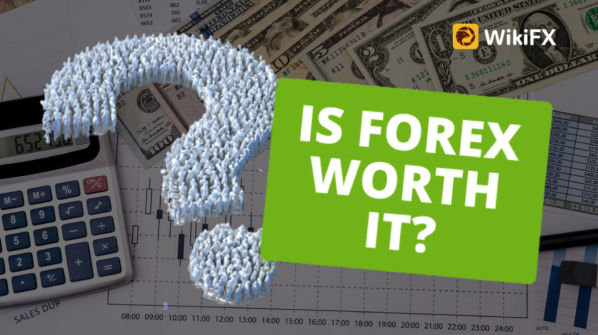Nigerias external reserves closed the month of June 2022 at $39.16 billion, gaining $5.83 billion in one year compared to $33.32 billion recorded as of the corresponding month of 2021. This is according to data obtained from the Central Bank of Nigeria (CBN).

Despite this improvement, the Nigerian economy is starved of foreign exchange as currency traders continue to lament tightened forex liquidity, leading to further depreciation of the local currency at the FX market.
Nigerias inability to attract foreign exchange through export value, diaspora remittances, and investments, despite a number of policies and programmes by the CBN, geared towards incentivising inflows has caused significant FX scarcity in the country and by consequence encourage arbitrage in the parallel market.
In the first six months of 2022, the exchange rate between the naira and the US dollar has moved from N565/$1 to N615/$1, representing a N50 differential. The tale is also not different in the peer-to-peer market, already trading at N615.9/$1. The official exchange rate has also seen some systematic devaluation YTD, falling to an average of N425/$ compared to N416/$1 at the beginning of the year.
How the reserve gained $6 billion in 1 year
While it seems like an impressive achievement to record a $6 billion boost in our external reserve levels, it was due to a series of debt instruments obtained by the Federal Government of Nigeria. In August 2021, the board of governors of the International Monetary Fund (IMF) approved the allocation of $3.35 billion to Nigeria as part of a historic general allocation of Special Drawing Rights (SDRs) of the International Multilateral Institution.
The fund was part of a general allocation of about SDR456 billion, an equivalent of $650 billion, by the IMF Board of Governors, with the aim of boosting global liquidity, while most economies were recovering from the coronavirus pandemic.
Later in the year, in September 2021, the Debt Management Office (DMO) on behalf of the federal government visited the international debt market to raise $4 billion through the issuance of Eurobonds. An issuance that saw its order book peak at $12.2 billion.
Also, in March 2022 the DMO also raised $1.25 billion Eurobond from the international capital market, with the view of boosting the country‘s external reserve. This series of capital raises saw Nigeria’s external reserve surpass the $40 billion threshold but has since dwindled down.
-
On a year-to-date basis, the reserve has lost $1.37 billion from $40.52 billion in December 2021 to $39.16 billion in June 2022.
-
In the month of June, the external reserve gained $671.63 million, following a $1.1 billion decline in the previous month.
NO FOREX, Naira on a nosedive
The exchange rate has been on a free fall, attributed to the scarcity of FX in the Nigerian economy. While BDC operators and black market operators have been lamenting the lack of forex, data tracked by Nairalytics from the official FX market is also painting the picture of forex scarcity and exchange rate pressure.
On Monday, the total amount of FX that was traded in the Investors and Exporters window was stated at $47.56 million, a decline from $78.86 million recorded in the previous trading session. In the last three trading sessions, forex turnover has averaged $67.67 million, a massive decline compared to the average of $157.48 million traded in the previous three trading sessions.
The drop in forex supply has also caused a downtrend in the value of the local currency at the official market, despite the CBNs intervention. The exchange rate closed at N425.75/$1 on Monday, the lowest level of the naira on record, apart from the last trading session of 2021, when the naira closed at N435/$.
It is interesting to note that, the closing rate on the final day of the year, tends to give an indication of where the rate would be for the coming year. A look at what happened in 2020, on the 31st of December 2020, the exchange rate fell sharply to N410.25/$1 from N394/$1 recorded the previous day. Eventually, the exchanged rate settled at N416.5/$1 towards the year.
In a similar fashion, on the 30th of December 2021, the exchange rate fell massively from N415/$ to N435/$1 before returning back to its N416/$1 region. However, so far in the year, the rate has leapfrogged to over N425/$ in the past six months.
If history is something to go by, the exchange rate might eventually settle over N435/$1, especially since the underlying issues around the scarcity of forex are still prevailing.


